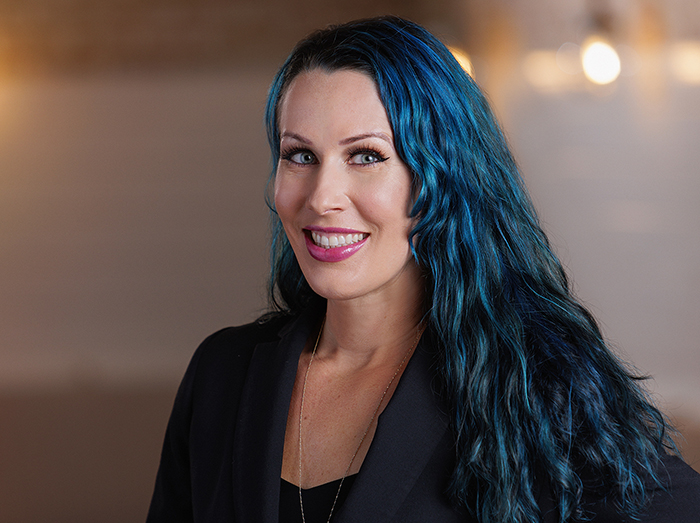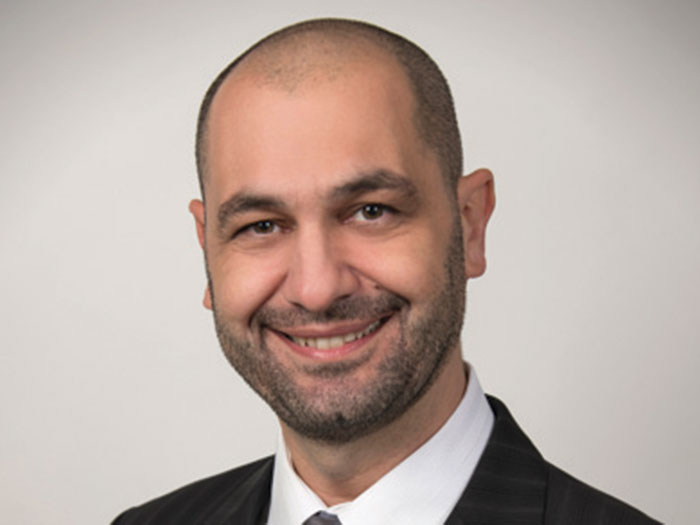Sponsored: Munich Re
Legal System Abuse Is Rampant — What Insurers Can Do and How Reinsurers Can Help

To understand the state of the American legal system today, all you need to do is go for a drive or turn on your television. You’ll find plaintiffs’ attorneys aggressively trying to recruit clients on billboards and television commercials throughout the country.
The United States is widely considered one of the most litigious countries in the world. Approximately 40 million lawsuits are filed every year in the U.S., making it the country with the largest number recorded each year. Over the last few years, businesses have been hit with numerous nuclear verdicts (verdicts that surpass $10 million) and have faced increasing costs for defending claims. According to Statista, large U.S. companies spent $22.8 billion in 2020 due to litigation.
What is legal system abuse?

Maura Haynes, Head of Casualty, Munich Re US
Legal system abuse, often referred to as social inflation, refers to a variety of tactics the trial bar is using to fund more lawsuits and secure higher verdicts.
These tactics have caused claims costs to rise “well above general economic inflation,” said Maura Haynes, head of casualty, Munich Re US. Legal system abuse, if ignored, will lead to higher insurance premiums, financial strain on insurers, depletion of municipal resources, and disincentives for businesses to take risks.
Additional drivers of legal system abuse today are volatile litigation environment, assignment of benefits, polarization of the public driven by shifting attitudes toward corporations, and changes in jury pools from the older generation to the younger millennials and Gen Z. It also does not help that lawyers are skilled at tapping into jurors’ emotions to make their arguments resonate, allowing them to secure larger verdicts.
Another driver in legal system abuse today is third-party litigation funding, a tool that allows hedge funds or other contributors to fund lawsuits. Basically, an uninvolved investor provides litigation costs on behalf of the plaintiff in exchange for a portion of any judgment or settlement.
“There are financial companies that specifically fund lawyers to work on these cases because they’re expecting a large payout. They’re looking to benefit from a nuclear verdict,” Haynes said.
These tactics have led to a rise in nuclear verdicts in recent years. Nuclear verdicts increased in frequency and size between 2010 and 2019, according to a report from the U.S. Chamber of Commerce for the Institute for Legal Reform. In 2010, the median nuclear verdict was $19.3 million. By 2019, it rose 27.5% to $24.6 million, the report found.
How legal system abuse is affecting insurance markets
Increases in the number of lawsuits and skyrocketing nuclear verdicts has led to an increase in claims costs for a number of casualty lines. Haynes says medical malpractice, general liability, product liability, professional liability, and commercial auto, in particular, are struggling, but no casualty or property line is immune.
“A claim today is worth more than the same claim from five to seven years ago,” Haynes said.
Inflation is also contributing to increased claims costs. Jurors may look at the current inflationary economic environment and feel like a higher verdict is necessary to cover medical costs and other expenses that may be impacted by inflation.
“The cost of living is going up. Medical costs are increasing,” Haynes said. “When you put that in front of a jury, they might come back and say more money is needed to make the plaintiff whole.”
Some companies and their insurers are turning to risk management strategies to try to prepare for litigation and rein in costs. Mock juries have been popular because they can provide an insurer a sense of how a particular argument might play out in court and whether it would be better to settle a claim than go to trial.
“It’s so important for insurance companies to get ahead of potential claims,” Haynes said. “Doing mock juries and understanding potential pain points can help companies to prevent some of these nuclear claims.”
Even with these increased efforts, underwriters are still finding that they need to manage their portfolio by controlling capacity or limits for lines that tend to be burdened with high amounts of litigation.
“Towards the end of 2018, we saw the $50 million limits reduced to $25 million. Then we saw it go even lower, down to $15 million or $10 million.”
“Companies started adjusting to the concept of legal system abuse a few years ago when they started to identify these nuclear verdict trends,” Haynes said.
With massive nuclear verdicts putting strain on insurers, many carriers are looking to reinsurers to help manage these risks.
“The rate increases that we have seen in the last couple years — although they have been significant — they’re still not offsetting litigation trends,” Haynes said.
Haynes notes, “Primary companies and reinsurers need to be mindful of limits deployed, manage their exposures by not deploying large capacity, and proactive about claims management. Finally, we as an industry need to educate and raise awareness about the negative impacts of legal system abuse, and seek to promote significant tort reform in the U.S.”
Munich Re US offers reinsurance brokers and primary companies the opportunity to work with a client-centered, solution-oriented partner to help them modify their books to achieve sustained, profitable growth. The company provides risk management and transfer solutions to help their clients stay ahead of market trends.
“Legal system abuse is not going away,” Haynes said. “Munich Re US provides clients with more than just reinsurance solutions. We share our expertise and knowledge, identify trends, and help clients manage challenges in the marketplace.”
To learn more, visit: https://www.munichre.com/us-non-life/en/solutions/reinsurance/treaty.html.
This article was produced by the R&I Brand Studio, a unit of the advertising department of Risk & Insurance, in collaboration with Munich Re US. The editorial staff of Risk & Insurance had no role in its preparation.










